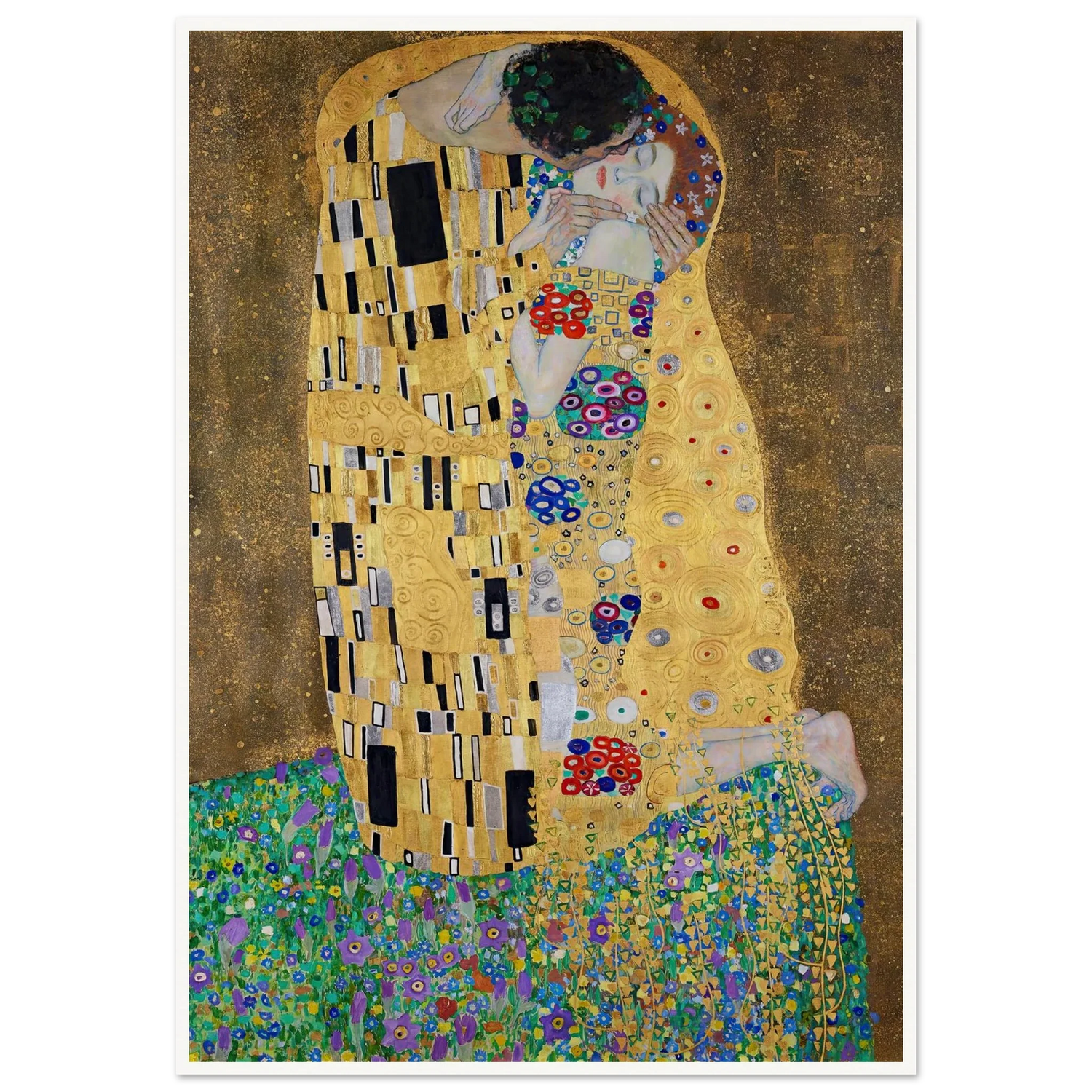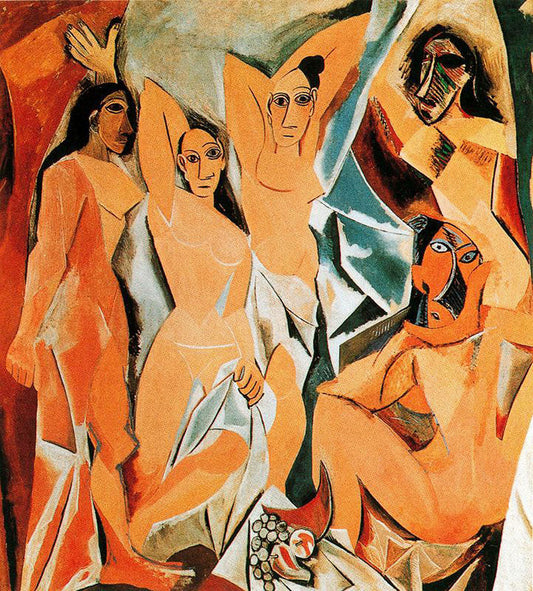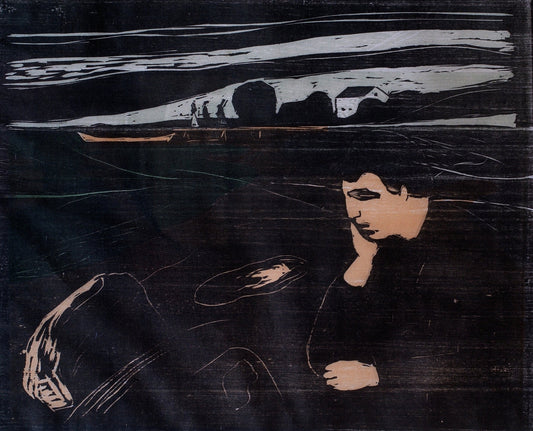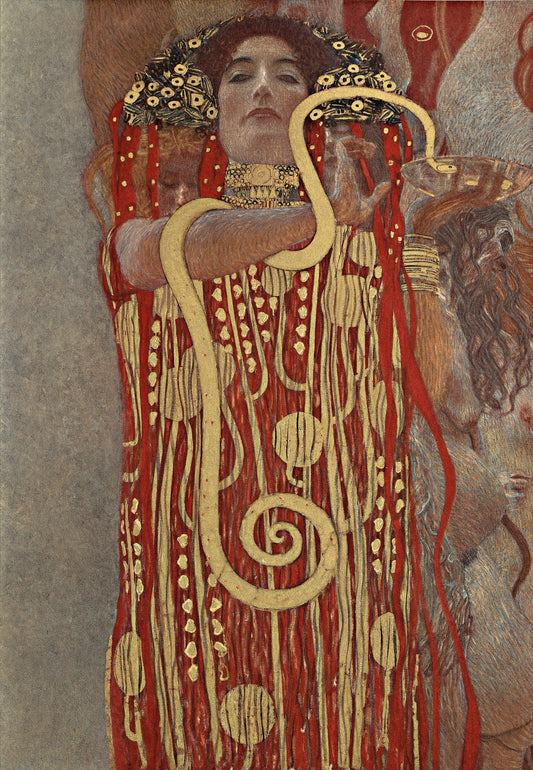Gardens as Muse: Monet’s Relationship with Nature
Share
Claude Monet’s gardens at Giverny are more than inspiration. They are a laboratory for perception, a canvas extended into the natural world. Monet did not simply paint flowers and ponds. He cultivated them, arranged them, and observed them meticulously. Every bloom, every reflection, every ripple in the water became a means to explore light, color, and time.
In the Water Lilies series (1916–19), Monet’s pond serves as both subject and mirror. The lilies float atop rippling water, reflecting sky and vegetation. Each variation captures subtle shifts in sunlight, cloud cover, and season. The pond becomes a living canvas, responsive to both nature and the artist’s sensibility. Monet’s brush does not record reality passively. It interprets it, emphasizing rhythm, movement, and the ephemeral qualities of life.

Beyond the pond, Monet’s flowerbeds, paths, and bridges reveal a painter deeply engaged with composition. In the Japanese Bridge and Wisteria series (1899–1900), the bridge anchors the scene while the wisteria cascades in delicate purples. Monet’s attention to color relationships and spatial harmony transforms the garden into a living study of painting itself. The viewer experiences the artist’s eye, moving fluidly across space, noticing contrasts and harmonies simultaneously.

Seasonality and light are central to Monet’s exploration. In spring, pale greens and soft blossoms dominate. Summer intensifies yellows, blues, and deep greens. Autumn introduces warm, muted tones, and winter reduces the palette to subtle grays and browns. These variations are not merely descriptive. They communicate mood, passage of time, and Monet’s intimate engagement with his environment. The gardens are both muse and collaborator.
Even the smallest details matter. Petals, leaves, and reflections are rendered with careful attention, yet they retain spontaneity. Monet balances observation and interpretation, structure and freedom. The garden is a stage for light, movement, and color, and Monet guides the viewer to see, feel, and inhabit it fully.
Ultimately, Monet’s relationship with nature teaches a profound lesson. Observation is not passive. Engagement is active. His gardens invite patience, reflection, and immersion. By painting what he cultivates, Monet transforms everyday flora into extraordinary visual experiences. He reminds us that art is inseparable from the act of seeing, of noticing subtle rhythms, and of responding to the living world with sensitivity and intelligence.





